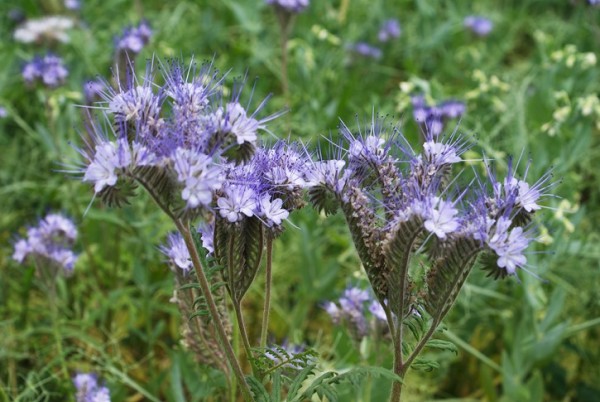PHACELIA
Phacelia tanacetifolia
Phacelia is an annual, melliferous plant - 1 ha can yield around 300 to 700 kg of honey. When included into the crop rotation, it serves as a phytosanitary plant and a soil structure builder. It is also particularly useful for crop cultivation in stubble after crops. Its short vegetation period- from 90 to 110 days- allows for rapid, high yields of green mass, reaching up to 400dt/ha. When grown as stubble aftercrop, it benefits the phytosanitary quality of the soil – all root crops, vegetables as well as cereals produced on the same stand immediately after phacelia bring much higher, better quality yields. It has a well-developed and deep root system, which allows the plant to absorb nutrients from deeper soil layers. Phacelia has low soil requirements, growing almost on all soil types, even the weakest ones.
The only exception are stands which have a tendency to create hollows of standing water and to form crust in the topsoil.







